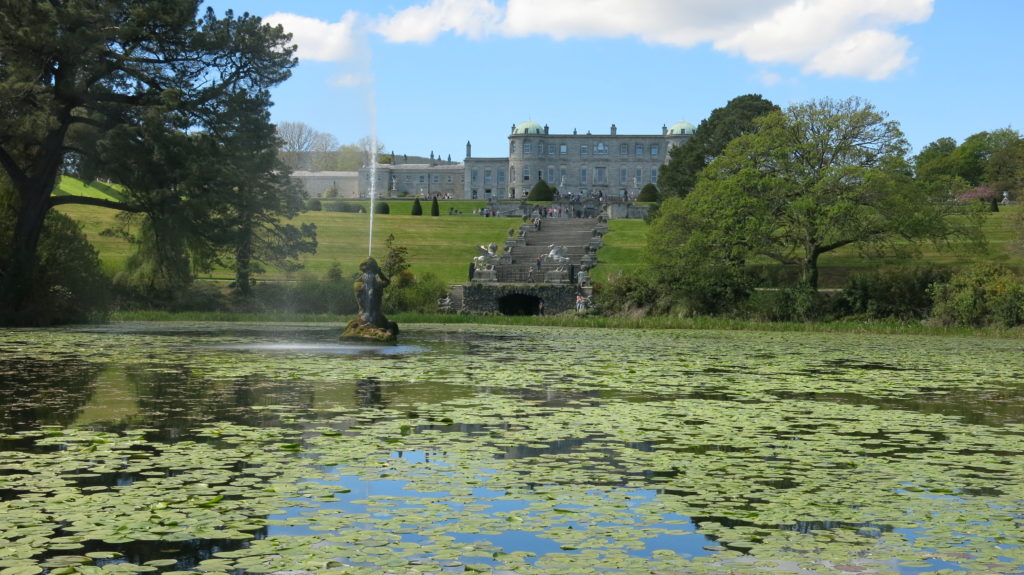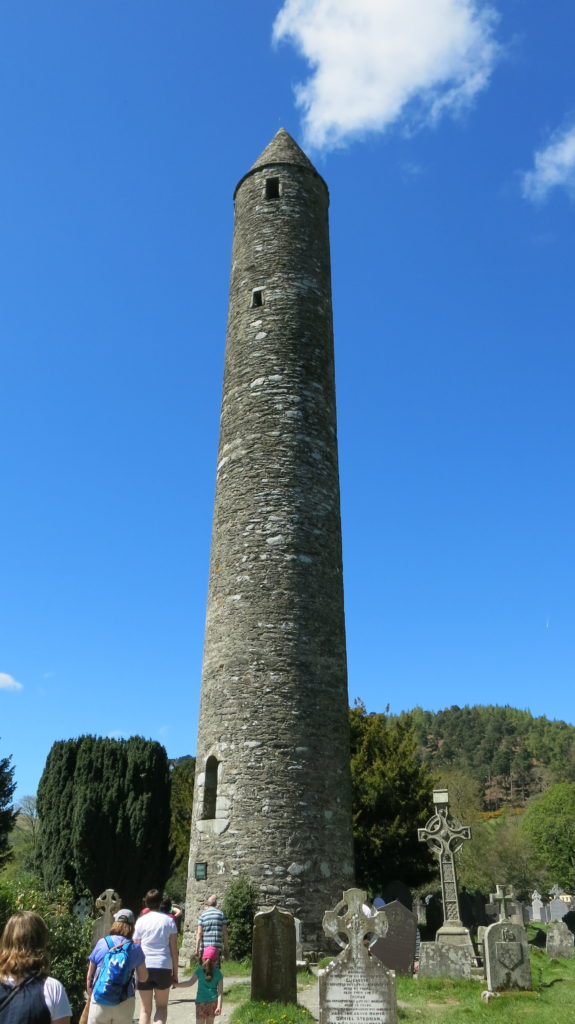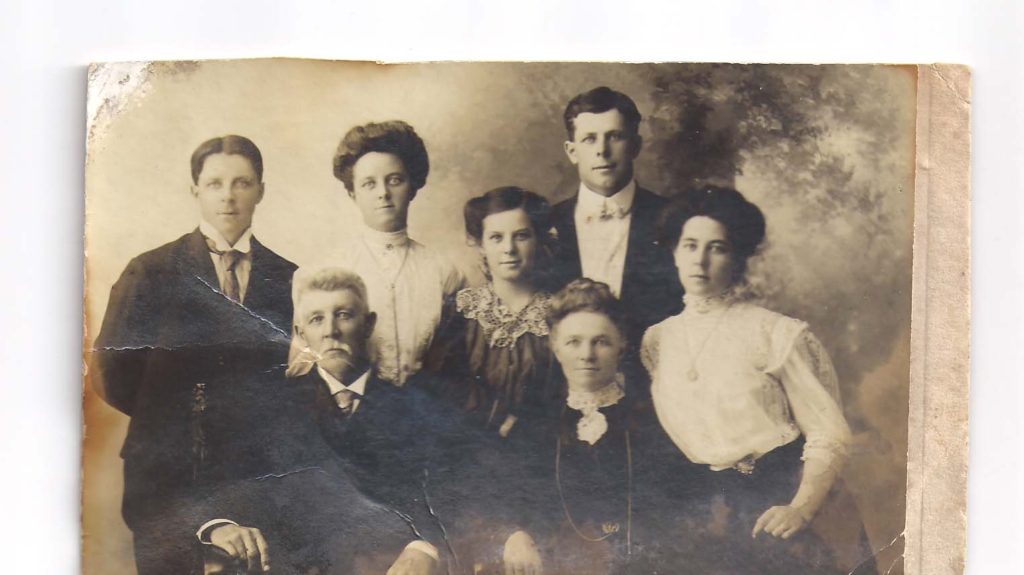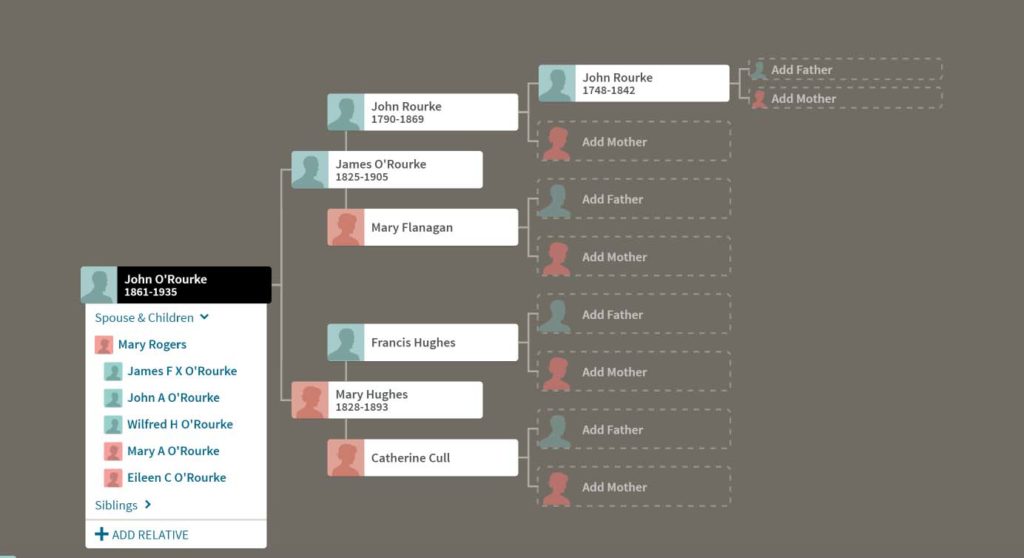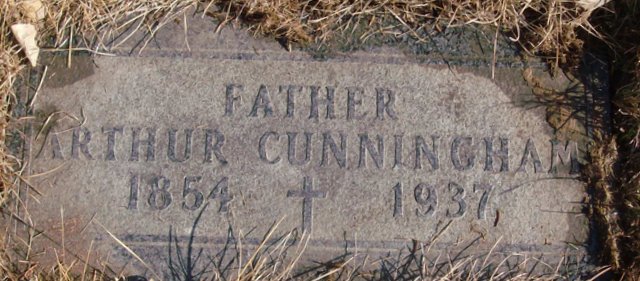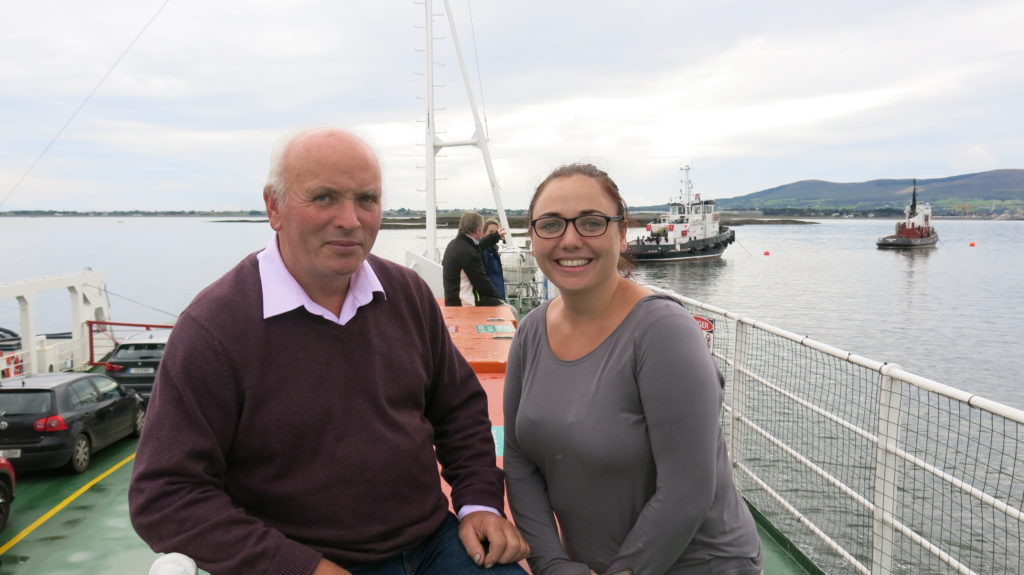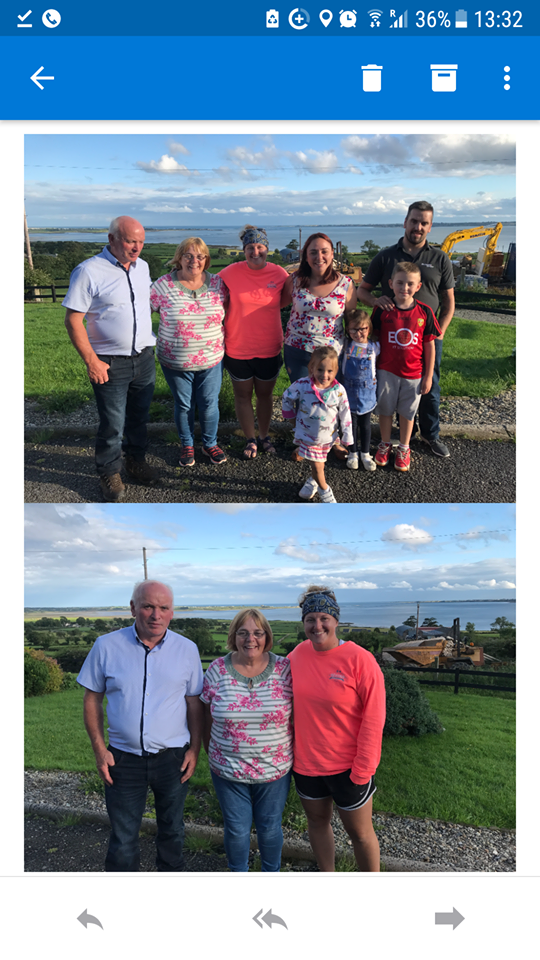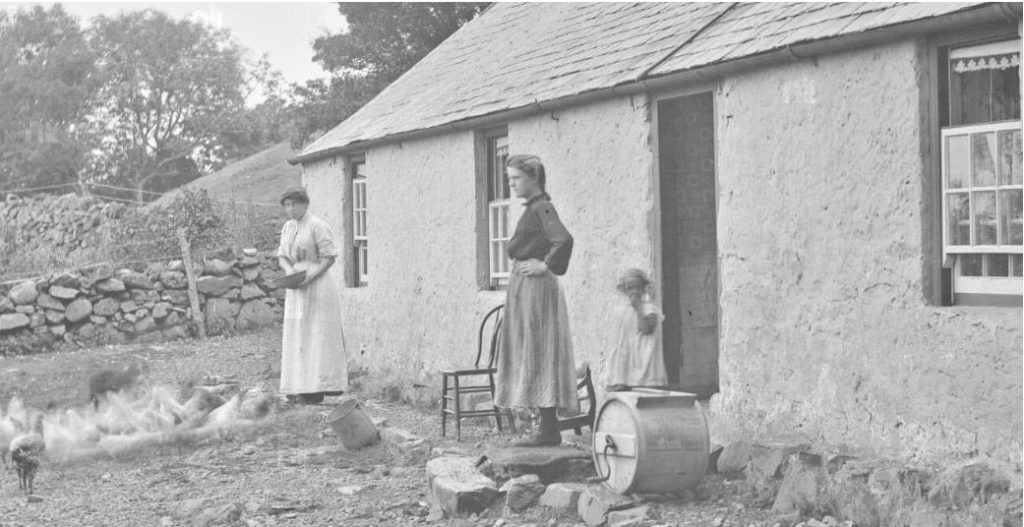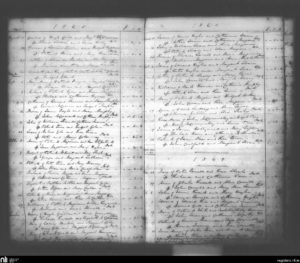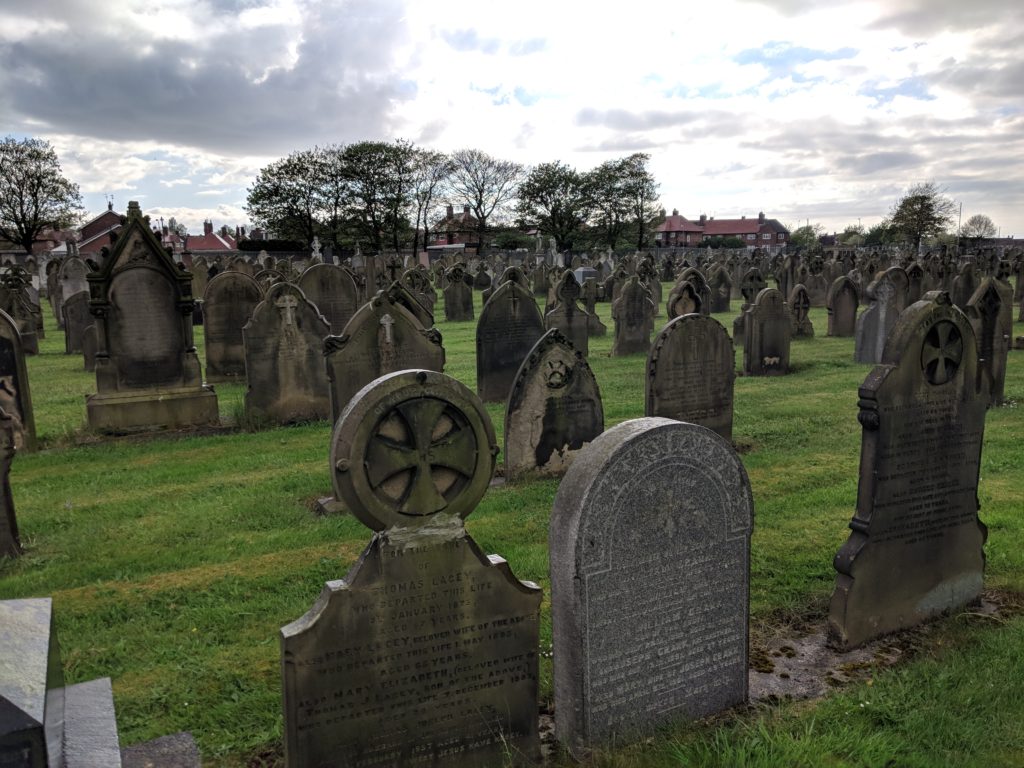
Genealogy searches can be both rewarding and frustrating and it sometimes end in disappointment. Today I experienced both highs and lows when researching my ancestors in Liverpool, UK.
The rewards were that I found the plot numbers of my great grandmother’s and great grandfather’s grave sites. I found the plot numbers when I was searching microfilm in the Liverpool Central Library which has an excellent family search section. The entire top floor of the library is dedicated to family research. Also, on Tuesday afternoons members of the Liverpool Genealogical Society are there to assist others in their family research.
My cousin Erin and I traveled from Dublin, Ireland on the ferry and then took a train through the Wales countryside to Liverpool. We arrived Monday afternoon and are staying near the Albert Docks, a recently renovated section of docklands in Liverpool. The Albert Docks have museums, shops, restaurants and the Liverpool Eye, a ferris wheel much like the London Eye. After exploring the docks and then getting some rest, we set aside Tuesday for genealogical research.
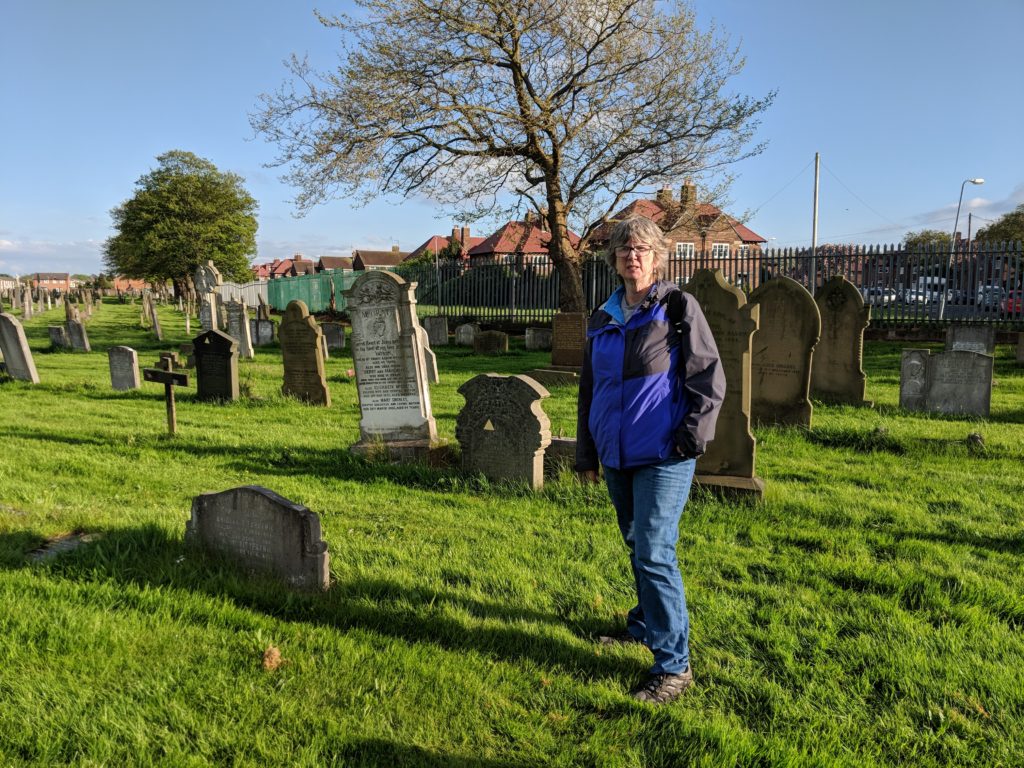
Both my paternal grandmother’s parents died and were buried in Liverpool. Peter McEvoy and Mary Ann Clarke emigrated from County Monaghan, Ireland to Liverpool from Ireland in the late 1800s. Peter died in 1900 when my grandmother, Rose, was six years old. Mary Ann Clarke married again to a man named William Harold. I believe William (no relation to me) died in 1922. Mary Ann (Clarke) Harold passed away in the 1960’s.
While Erin scanned microfilm for family obituaries, I looked at indexes of Ford Cemetery, the Roman Catholic Cemetery in Liverpool. I was extremely lucky and found plot sections and numbers for both Peter McEvoy and Mary Ann Harold my great grandmother’s name after she married her second husband
Armed with the information, Erin and I ordered an Uber ride and headed for the cemetery in drizzly weather. When we arrived all we saw were thousands and thousands of grave markers. There was no map, no directory or no person to assist us in finding the grave. Searching for our ancestors would be like searching for a needle in a haystack. We had no idea how we were going to find the graves and wandered around for awhile looking for someone to help us. Later, we even got lost looking for the front gate.
Continue reading “When a genealogy search ends in disappointment”

